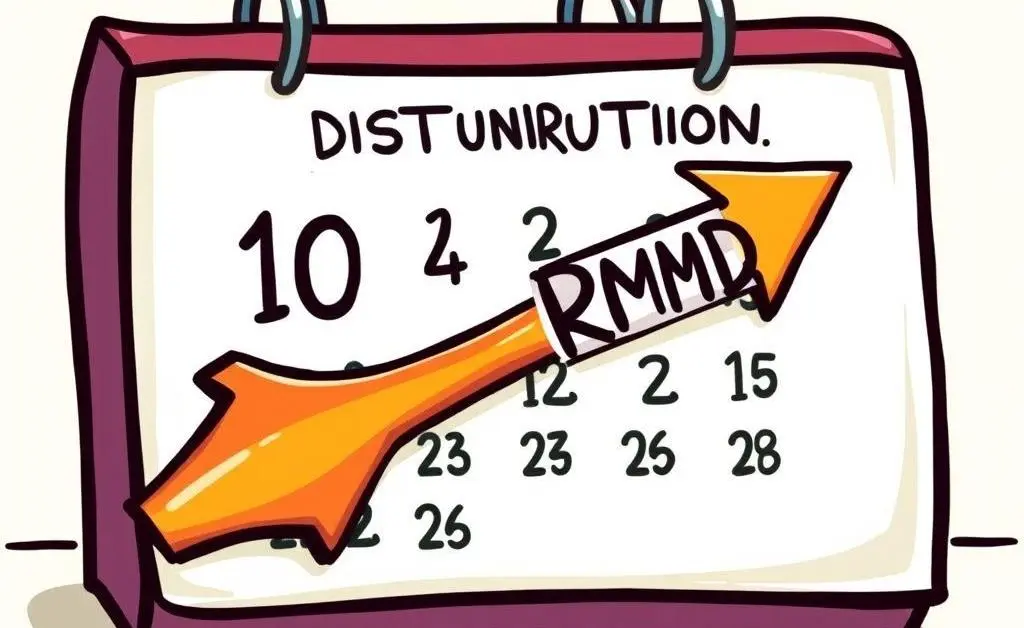Understanding RMDs: Simplifying Retirement Withdrawals
Get a grip on Required Minimum Distributions and plan your retirement withdrawals effortlessly.

Hey there! Have you ever heard the term ‘RMD’ and wondered what it meant? You're definitely not alone. Required Minimum Distributions, or RMDs, can seem like a convoluted financial puzzle, but they’re actually a crucial component of retirement planning.
What Are Required Minimum Distributions?
To break it down, RMDs are the minimum amounts you must withdraw annually from your retirement accounts after reaching age 72. This rule applies to accounts like traditional IRAs and 401(k)s. The primary keyword here is retirement withdrawals.
By planning these withdrawals, you’ll avoid hefty penalties while ensuring your funds last throughout retirement.

Why Do RMDs Exist?
The idea behind RMDs is simple: the government wants to tax the money you’ve deferred in your retirement accounts. While you've enjoyed tax benefits on the contributions, Uncle Sam eventually wants his cut when you start withdrawing.
How Are RMDs Calculated?
RMDs are calculated based on your account balance and life expectancy factor, which the IRS provides. It's crucial to handle this correctly, or you could face a 50% penalty on any amount you fail to distribute. Yikes!

When Must You Start?
Once you turn 72, the RMD party begins. You’re required to start taking distributions by April 1 following the year you reach this age. Delaying means doubling up on distributions the following year—and potentially more taxes.
Strategies for Managing RMDs
- Synced Withdrawals: Align your withdrawals with your financial goals. Consider your tax situation carefully to optimize when and how you withdraw.
- Account Sequencing: Decide which accounts to draw from first based on their tax efficiency to stretch your savings further.
- Charity Contributions: Make Qualified Charitable Distributions to fulfill your RMD without increasing your taxable income. A win-win!
Closing Thoughts
RMDs can be confusing at first, but they’re just one piece of the retirement puzzle. Simple strategies, when tailored to your situation, can alleviate stress. Remember, it’s not just about meeting government requirements but tip-toeing around tax impacts and preserving your lifelong savings.

How are you planning your retirement withdrawals? Sharing insights could help fellow readers making similar decisions!




